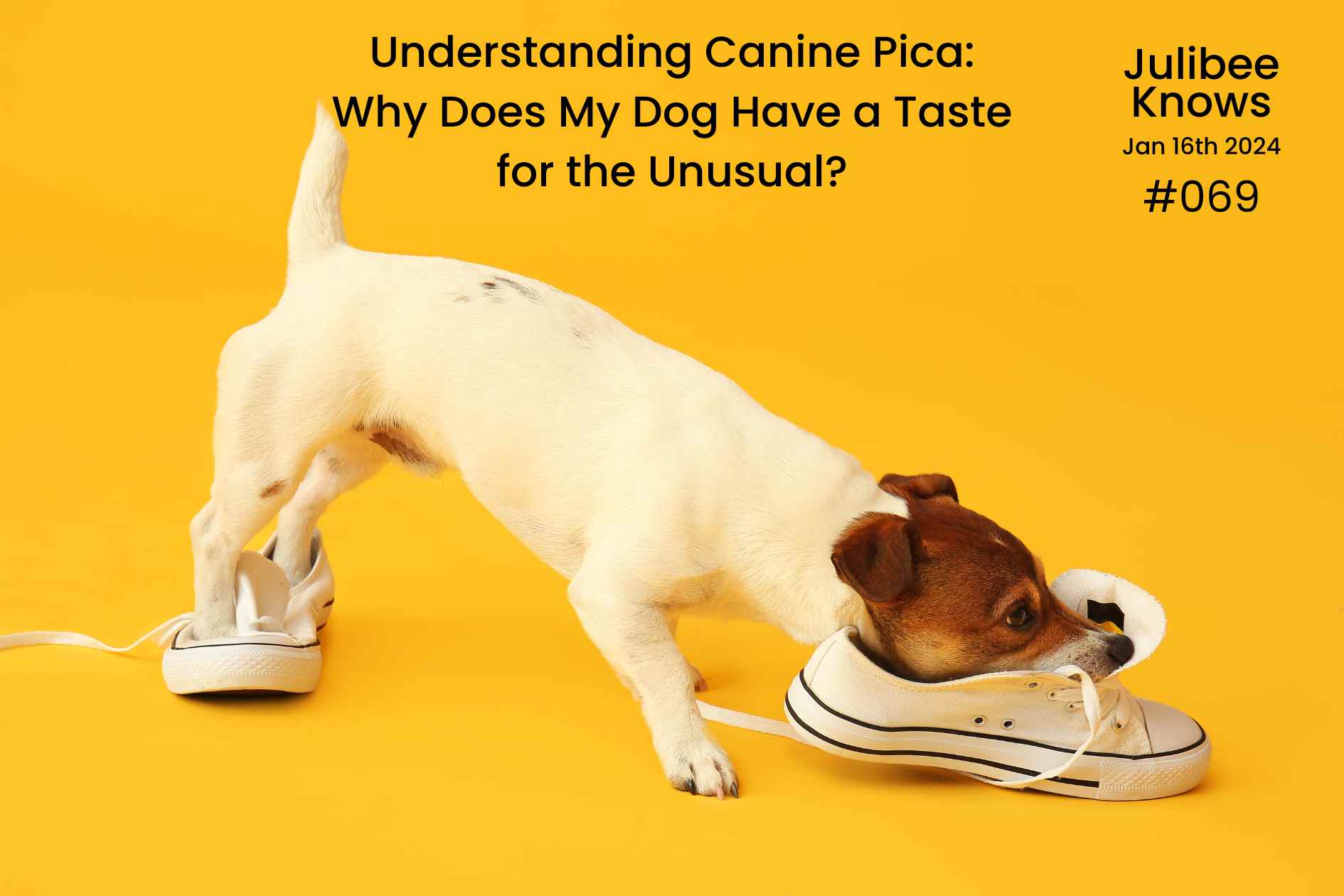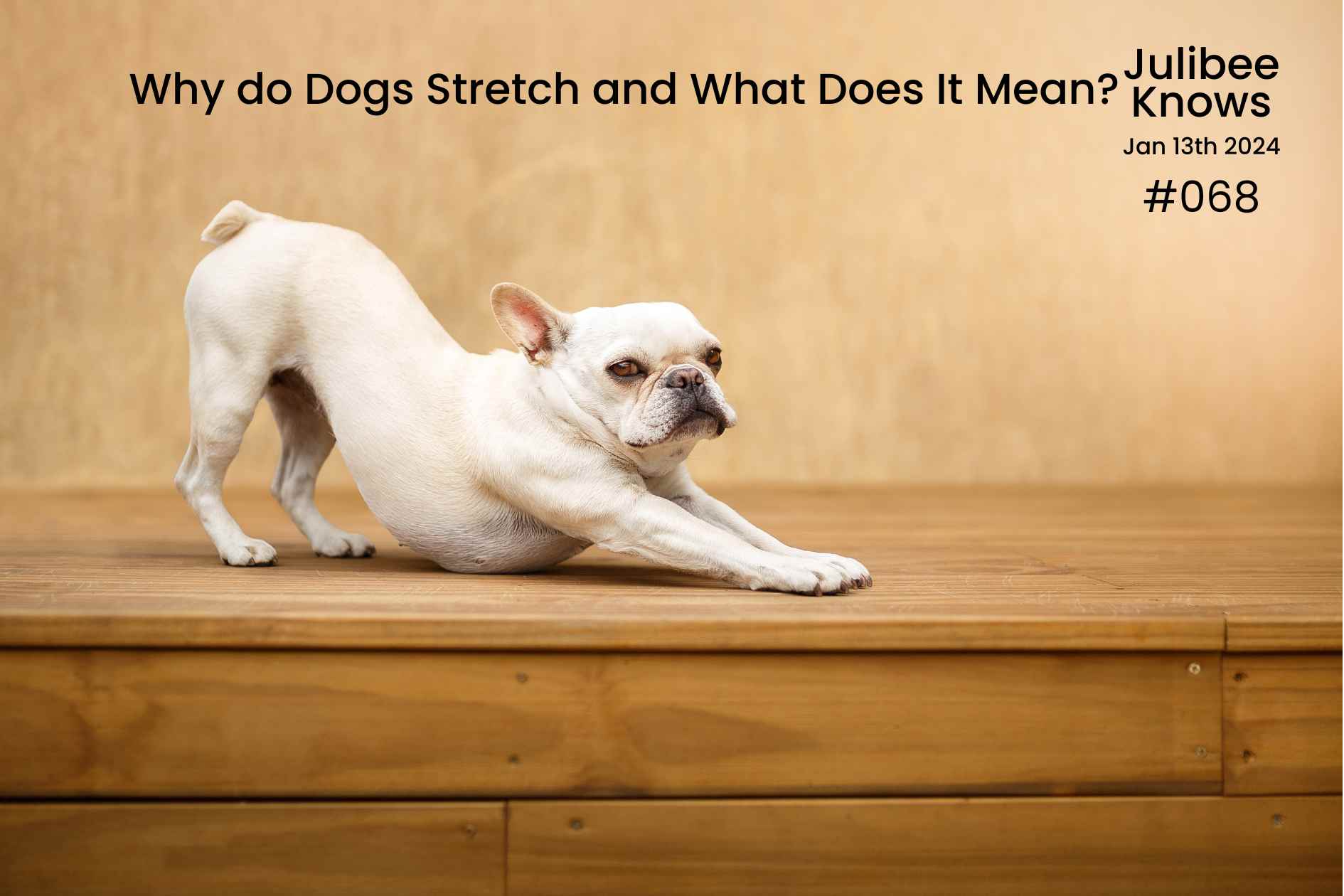
Understanding Canine Pica: Why Does My Dog Eat Weird Stuff Like Wall Plaster and Slippers?
Explore the complexities of canine pica, a syndrome characterized by dogs exhibiting abnormal eating behaviors. Learn about the various causes, including environmental factors, nutritional imbalances, underlying diseases, and natural instincts. Discover effective ways to treat...
Inside this Article:
Have you ever wondered why your dog exhibits unusual eating habits? Canine pica, characterized by licking, chewing, or consuming non-nutritive or non-food items, is a complex syndrome with multiple causes. Factors such as metabolic dysfunction, abnormal taste perception, and improper dietary management contribute to this behavior, impacting a dog's normal life.
Causes of Canine Pica:
-
Environmental Factors:
- Overcrowded living conditions, poor air circulation, inadequate lighting, and negative emotions like anxiety or irritability can trigger canine pica.
-
Nutritional Factors:
- Deficiencies in minerals such as sodium, sulfur, copper, cobalt, calcium, manganese, iron, phosphorus, and magnesium are linked to pica. Animals with pica tendencies often favor alkaline substances.
- Imbalances in calcium-phosphorus ratio, prolonged consumption of acidic foods, and deficiencies in proteins, amino acids, and B-vitamins can disrupt metabolism and contribute to pica.
-
Diseases:
- Clinical or subclinical symptoms of certain diseases, such as internal or external parasites, toxin exposure, or endocrine disorders, can induce pica.
-
Innate Instinct:
- Dogs, especially puppies, are naturally curious and explore their environment using their mouths. Failure to correct this behavior promptly can lead to the development of pica.
-
Emotional Factors:
- Long-term anxiety, depression, or nervousness in dogs can be associated with behaviors like eating grass or soil.

- Long-term anxiety, depression, or nervousness in dogs can be associated with behaviors like eating grass or soil.
Treating Canine Pica:
If your canine companion exhibits signs of pica, it's crucial to approach the situation with confidence and care.
-
Balanced Diet:
- Establish a balanced diet and cultivate good feeding habits. Periodically change their dog food and supplement their diet with nutritious elements to address potential deficiencies.
-
Create a Relaxing Environment:
- Provide a stress-free living environment for your dog to reduce the occurrence of pica behaviors.
-
Timed and Quantified Feeding:
- Feed your dog on a schedule with measured portions to enhance appetite, encourage proper eating habits, and aid digestion.
-
Quality Nutrition:
- Ensure your dog's food is nutritionally balanced, and avoid using spoiled or deteriorating feed.
By understanding and addressing the root causes of canine pica, you can help your dog develop healthy eating habits and lead a content, fulfilling life.

